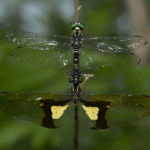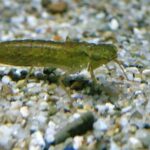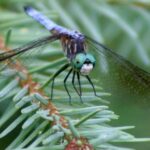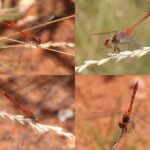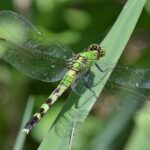Two new species of the genus Chlorogomphus are described based on both sexes collected from the Central Highlands of Vietnam. These species are C. hoaian sp. nov. (holotype male from Kon Ka Kinh National Park, 14.3672° N, 108.5368° E, alt. 1000 m) and C. vani sp. nov. (holotype male from Chu Yang Sin National Park, 12.4780° N, 108.4617° E, alt. 749 m). Furthermore, C. gracilis Wilson & Reels, 2001 is recorded from Vietnam for the first time, with notes on its morphology and detailed illustrations of male and female structures.
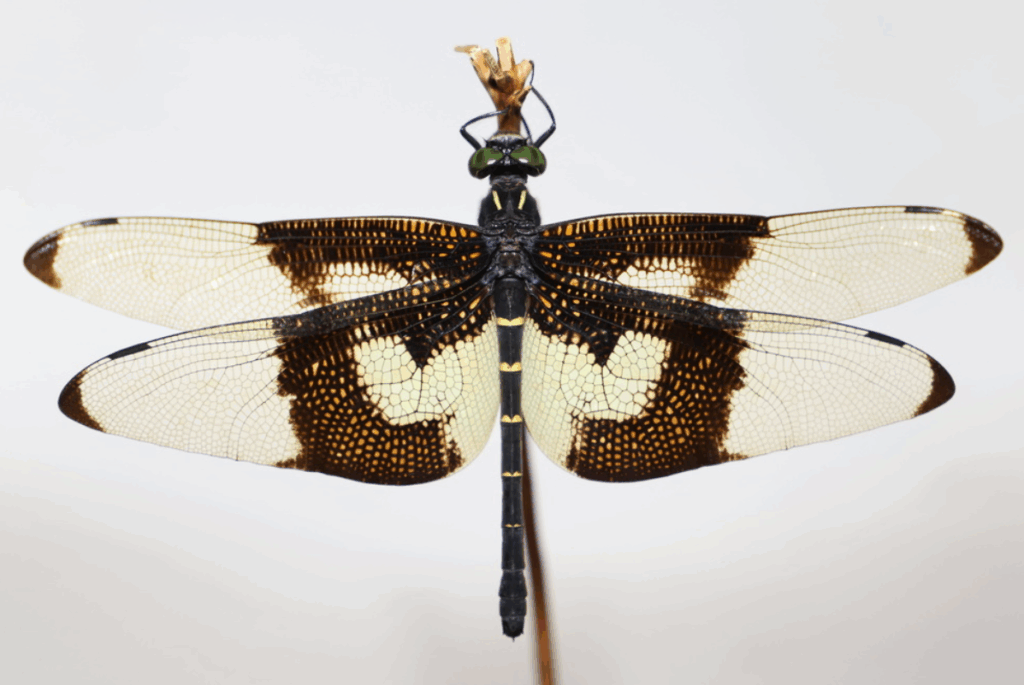
Chlorogomphus Dragonflies: An Insight into Their Habitat, Diet, and Life Cycle
Among the more enigmatic and visually striking members of the order Odonata, the genus Chlorogomphus stands out for its radiant coloration and elusive habits. These dragonflies, endemic to parts of Asia—particularly the forested highlands of the Indian subcontinent and Southeast Asia—inhabit pristine montane ecosystems, where their presence is often an indicator of environmental health. This article delves into the natural history of Chlorogomphus dragonflies, exploring their preferred habitats, dietary preferences, and intricate life cycle.
Habitat: The Highland Guardians
Chlorogomphus species are predominantly found in elevated forested regions, often thriving in subtropical or temperate montane environments between 1,000 and 2,500 meters above sea level. These dragonflies are closely associated with clear, unpolluted streams and rivers, where dense canopy cover and cool, moist conditions provide the ideal microhabitat for both adults and their aquatic larvae.
Unlike many lowland species that tolerate disturbed environments, Chlorogomphus dragonflies require ecologically stable habitats. The larvae, or nymphs, are highly sensitive to pollution and sedimentation, making them reliable bioindicators of freshwater ecosystem integrity. Adults are commonly seen patrolling shaded stream corridors or perching on sunlit foliage, ever vigilant for prey or mates.
Diet: Aerial Predators with Precision
As consummate aerial hunters, adult Chlorogomphus dragonflies exhibit exceptional flight control, enabling them to capture a wide array of airborne insects. Their diet includes mosquitoes, midges, flies, and other small arthropods. Hunting is typically solitary; they rely on their acute vision—facilitated by large compound eyes—and agile, darting flight patterns to intercept prey mid-air.
The predatory behavior of the nymphs is equally formidable. Residing within the benthic substrates of streams and rivulets, they lie in wait beneath stones and detritus. These aquatic juveniles employ a rapid thrust of their extendable labium—a specialized mouthpart—to snatch passing prey, which may include insect larvae, small crustaceans, and even tadpoles.
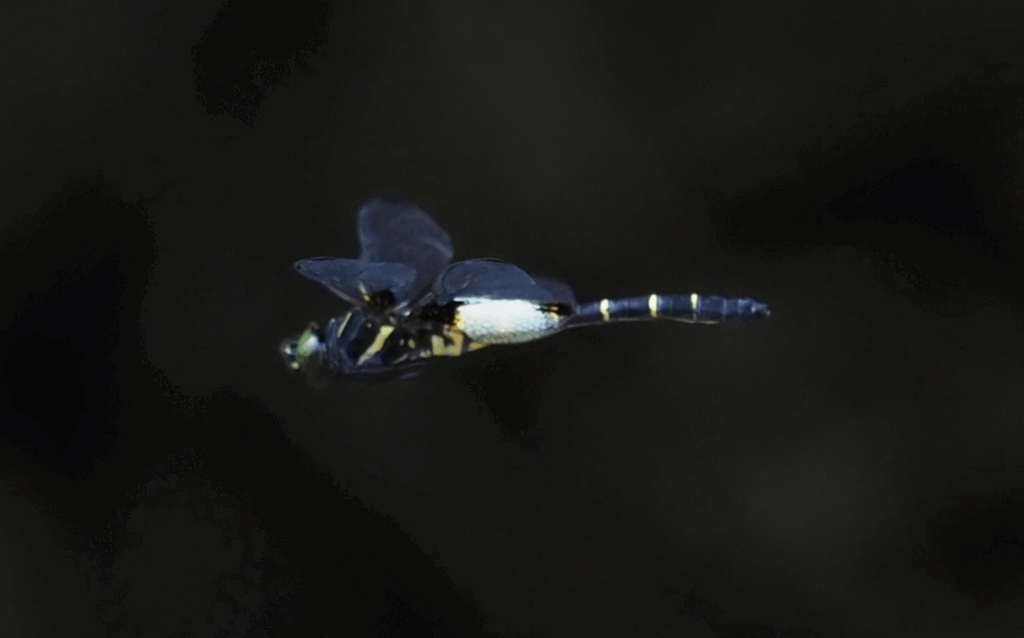
Life Cycle: A Metamorphosis of Precision and Patience
The life cycle of Chlorogomphus dragonflies, like all members of Odonata, unfolds through incomplete metamorphosis, encompassing three distinct stages: egg, nymph, and adult.
Following copulation, females oviposit their eggs in or near freshwater bodies, often inserting them into submerged vegetation or moist substrates along stream banks. The eggs hatch into aquatic nymphs, which undergo a series of molts over a period that may extend from several months to more than a year, depending on species and environmental conditions.
During the nymphal phase, the larvae remain aquatic, breathing through rectal gills and growing steadily through successive molts. As they near maturity, the nymphs exhibit a gradual migration toward the stream’s edge, often climbing onto emergent vegetation or stones at dawn or dusk.
The emergence of the adult dragonfly is a remarkable transformation. The mature nymph splits its exoskeleton and, through a delicate process of expansion and hardening, the adult form—resplendent with shimmering wings and vibrant coloration—takes flight. This final stage, though often brief in duration, is vital for reproduction and the dispersal of the species.
Ecological Significance and Conservation
Chlorogomphus dragonflies play a pivotal ecological role, acting both as predators and prey within their ecosystems. They help regulate populations of pest insects and serve as food for birds, amphibians, and other larger predators. Their sensitivity to environmental changes also makes them valuable indicators of habitat quality and water purity.
However, these dragonflies face mounting threats due to deforestation, water pollution, and climate change. The degradation of highland forests and the contamination of freshwater sources directly imperil their survival. Conservation efforts aimed at preserving montane forest habitats and protecting clean water systems are crucial for sustaining populations of Chlorogomphus and other similarly sensitive species.
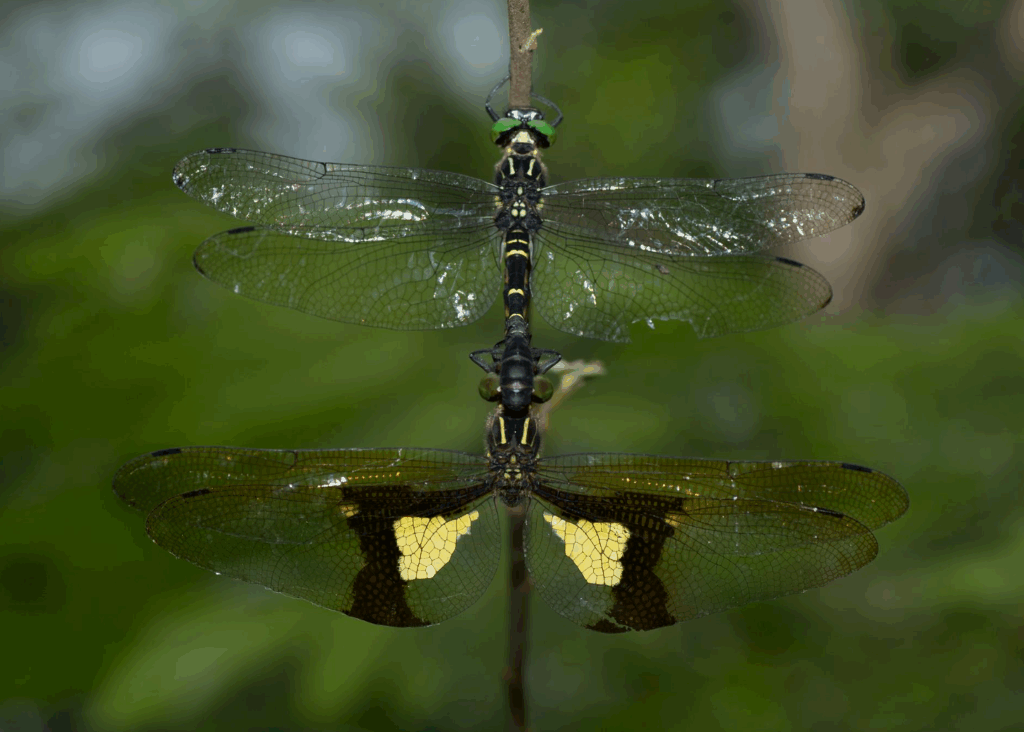
A Glimpse into the Sublime
To observe a Chlorogomphus dragonfly in its natural habitat is to witness a fleeting moment of wild elegance. Their iridescent bodies flash in the dappled sunlight as they navigate the woodland streams—symbols of both resilience and fragility in a rapidly changing world. As we strive to understand and protect these creatures, we deepen our connection to the ecosystems they inhabit and underscore the intrinsic value of biodiversity.
In studying the life of the Chlorogomphus, we are reminded that even the smallest of beings—graceful and ephemeral—carry within them the grandeur of nature’s enduring artistry.

